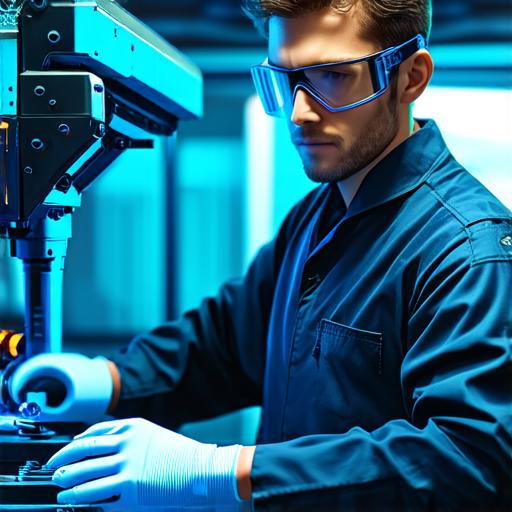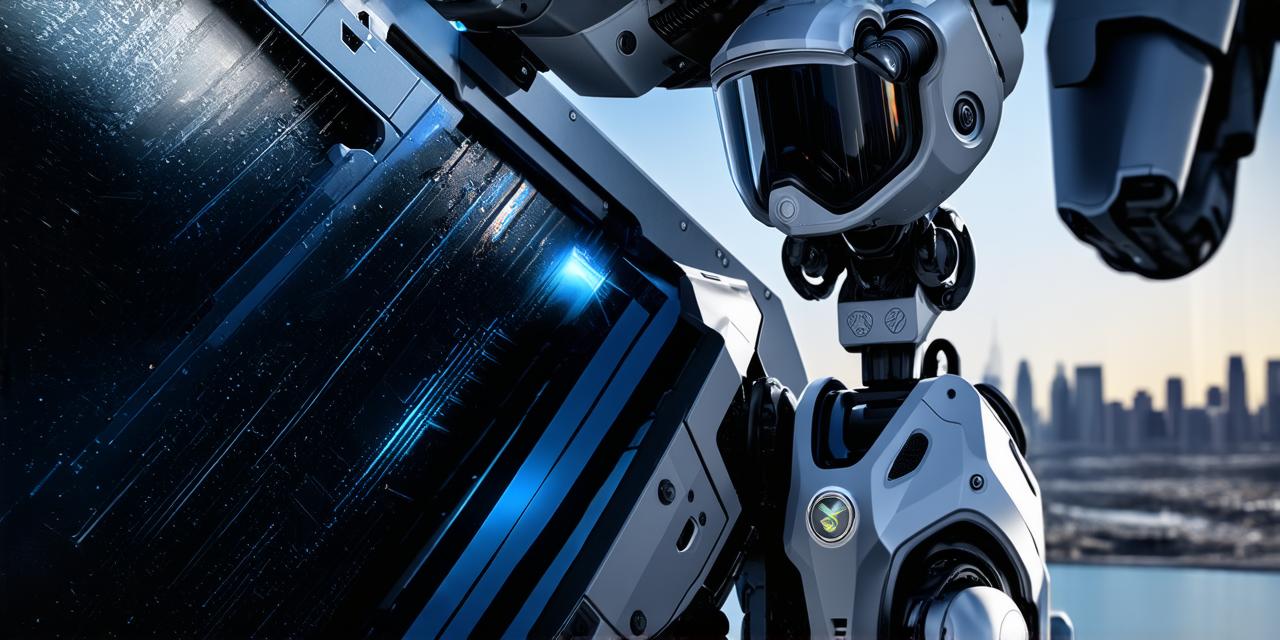Latest advancements in 3D materials development
As the world becomes increasingly immersed in virtual reality (VR) and augmented reality (AR), the demand for realistic, lifelike graphics continues to rise. This has led to significant advancements in the field of 3D materials development, which are now playing a crucial role in creating stunning visual effects that can bring games to life in ways never before thought possible.
One of the key areas where 3D materials have made a major impact is in the realm of character design. With the help of advanced techniques such as global illumination and physically based rendering, developers are now able to create characters with incredibly realistic skin textures, reflective surfaces, and intricate details that were previously impossible to achieve.
Global illumination, for example, is a technique that allows developers to simulate how light bounces around a scene and interacts with objects. By taking into account the properties of different surfaces, such as metal, glass, and fabric, global illumination can create stunning visual effects that make characters look more realistic than ever before.
Similarly, physically based rendering (PBR) is a technique that uses real-world materials and lighting to create realistic textures and lighting effects. This allows developers to create characters with incredibly detailed skin textures, reflective surfaces, and other intricate details that were previously impossible to achieve.
Another area where 3D materials have had a major impact is in the realm of environment design. With the help of advanced techniques such as ray tracing and physically based rendering, developers are now able to create incredibly realistic environments that are filled with detail and texture.
Ray tracing is a technique that allows developers to simulate how light interacts with different surfaces in a scene. By taking into account the properties of different objects, such as leaves on trees or water on a surface, ray tracing can create stunning visual effects that make environments look more realistic than ever before.
Similarly, physically based rendering (PBR) is a technique that uses real-world materials and lighting to create realistic textures and lighting effects. This allows developers to create environments with incredibly detailed landscapes, bustling cities, and other intricate details that were previously impossible to achieve.
In addition to these advancements in 3D material development, there are also a number of new tools and technologies available to help game developers bring their ideas to life. For example, there are now a wide range of software programs and plugins available that allow developers to create custom materials and effects with ease.

There are also a number of specialized hardware platforms, such as NVIDIA’s GeForce RTX series, that are specifically designed to handle the complex calculations required for physically based rendering.
Overall, the latest advancements in 3D materials development have had a major impact on game development, allowing developers to create more realistic, lifelike graphics than ever before. As the demand for immersive gaming experiences continues to grow, it is likely that we will see even more exciting developments in this field in the years come.
